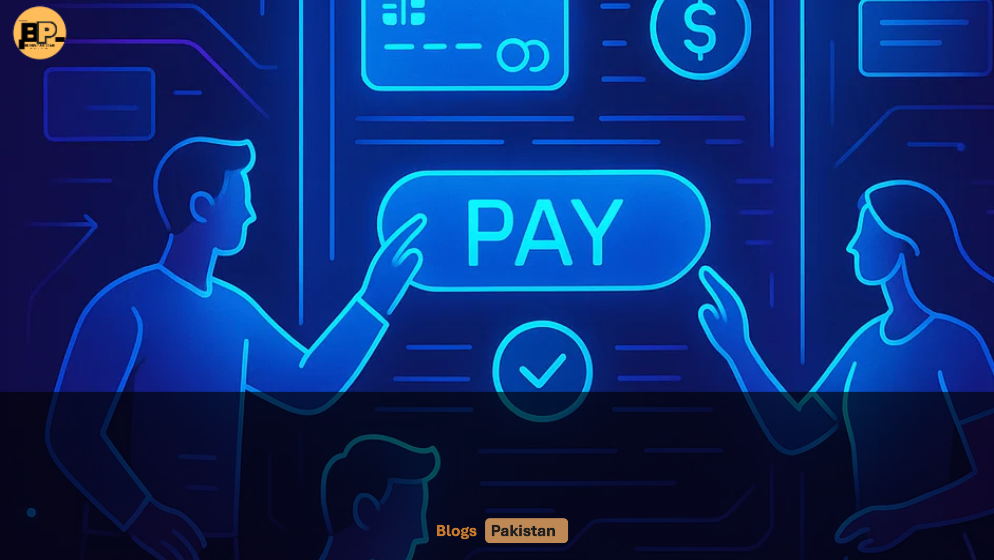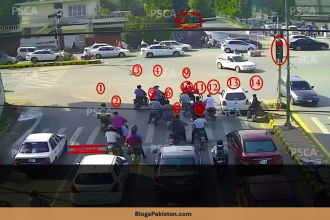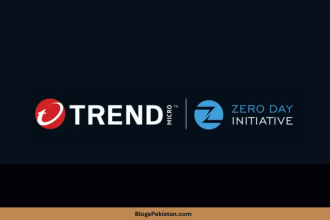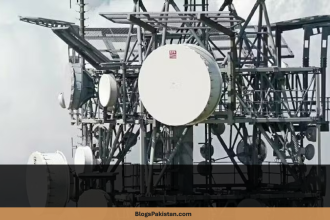As we tap, swipe, and click our way into the future, the landscape of retail payments in Pakistan is undergoing a digital renaissance. The third quarter of FY25 has been particularly transformative, with digital transactions covering nearly 90% of retail payments. In this blog, we’ll explore the dynamics of this shift, the role of mobile apps, and what it means for consumers and businesses alike.
The Digital Surge: A New Era in Retail Payments
According to the State Bank of Pakistan’s (SBP) Quarterly Payment Systems Review for Q3 FY25, digital payment channels accounted for a staggering 89% of all retail transactions by volume. This marks a significant milestone in the nation’s journey towards a cashless economy. The surge is not just in numbers; it’s a testament to changing consumer preferences and technological advancements that are redefining how we handle money.
Mobile Apps: The Driving Force
The backbone of this digital wave is undoubtedly mobile app-based banking. Platforms such as mobile banking apps, branchless banking (BB) wallets, and e-money wallets have collectively processed an impressive 1,686 million transactions, translating to a financial movement of Rs. 27 trillion. Compared to the previous quarter, this reflects a 16% increase in transaction volume and a 22% rise in value.
Growth in Digital Banking Users
The rise in digital transactions is paralleled by a steady increase in digital banking users. Mobile banking apps have seen a 7% uptick, reaching 22.6 million users. E-money and BB wallets boast 5.3 million and 68.5 million users, with respective growth rates of 12% and 6%. Internet banking isn’t far behind, with a 7% increase, now totaling 14.1 million users.
E-commerce: Riding the Digital Wave
E-commerce has been a significant beneficiary of this digital transformation. The volume of e-commerce payments soared by 40%, reaching 213 million transactions, while the transaction value escalated by 34% to PKR 258 billion. Digital wallets dominated this space, accounting for 94% of e-commerce payments by value. Card-based payments, however, contributed a mere 6%.
Image Suggestion: A bustling online shopping scene showcasing digital wallet transactions.
In-store Purchases: The Digital Touch
Even in the realm of brick-and-mortar stores, the shift is palpable. In-store purchases processed by 140,861 merchants saw 99 million transactions, an increase of 12%, with a total worth of Rs. 550 billion, marking an 8% growth. The adoption of digital payment methods like point-of-sale terminals and QR codes is reshaping the traditional retail landscape.
Keywords: Digital payments, Mobile banking, E-commerce, Retail payments, QR codes
The Broader Impact on Pakistan’s Economy
The digital payment surge is not just a story about convenience; it’s a broader narrative about economic growth and financial inclusion. As more people embrace digital transactions, the economy becomes more transparent, efficient, and inclusive.
Financial Inclusion: A Step Toward Equality
Digital payments are playing a critical role in enhancing financial inclusion in Pakistan. With mobile phones penetration across the country, even the unbanked population can now participate in the formal financial system. Branchless banking and e-wallets are bridging the gap between traditional banking services and the underserved communities.
Economic Efficiency and Transparency
The rise of digital payments enhances economic efficiency by reducing the reliance on cash, which is often cumbersome and expensive to manage. Additionally, digital transactions ensure greater transparency, reducing the risk of fraud and corruption that often plagues cash-driven economies.
Challenges and Opportunities Ahead
While the growth in digital payments is promising, there are several challenges that need addressing to sustain this momentum.
Infrastructure and Security
For continued growth, robust digital infrastructure and cybersecurity measures are vital. Ensuring secure transactions will bolster consumer confidence and encourage more users to migrate to digital platforms.
Literacy and Awareness
Promoting digital literacy and awareness is crucial in ensuring that more people can comfortably and confidently use digital payment methods. This involves educating users about the benefits and safety of digital transactions.
The Future: What Lies Ahead?
The future of retail payments in Pakistan is undoubtedly digital. As more innovative payment solutions emerge, the line between physical and digital transactions will continue to blur. For businesses, this shift presents an opportunity to reach a wider audience, reduce costs, and enhance customer satisfaction.
Final Thoughts
The transformation of retail payments in Pakistan is a testament to the power of technology in reshaping economies and societies. As digital payments become the norm, the country is poised to reap the benefits of a more connected, inclusive, and efficient economy. For consumers and businesses alike, this digital journey is just beginning, and the future holds endless possibilities.










